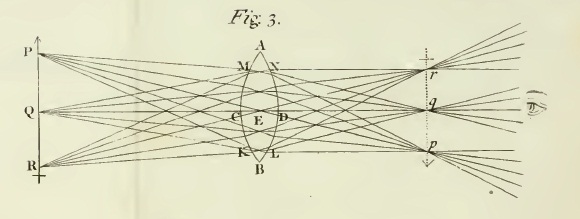
Photographer goes to court over image of rap band; more cases expected as “underground” art becomes ever more mainstream
By Anny Shaw | From issue 222, March 2011
Published online 9 Mar 11 (News)
LOS ANGELES. Street artist Thierry Guetta, better known as Mr Brainwash, is being sued by a photographer for copyright infringement over a well-known image of rap group Run DMC (which we were unfortunately not allowed to reproduce for this article). Lawyers acting for photographer Glen Friedman say Guetta reproduced his 1985 photograph without authorisation and used it in unique works of art, prints and promotional material, including postcards for his 2008 debut exhibition in Los Angeles, “Life Is Beautiful”. Friedman’s lawyer, Douglas Linde, says they are entitled to a share of “indirect profits” from the exhibition. Linde is seeking unspecified damages for “damage to [Friedman’s] business in the form of diversion of trade, loss of income and profits, and a dilution of the value of its rights”.
Guetta, who denies the copyright infringement allegations, is claiming “fair use”, which under US law allows for the limited reproduction of copyrighted works for the purpose of parody or other creative ends.
Copyright disputes have, until now, had little impact on the relatively new phenomenon of street art, however, the appropriation of pre-existing images has been a thorny issue in the wider art world for decades.
Jeff Koons, no stranger to copyright litigation having been successfully sued three times for copying other peoples’ work, recently threatened San Francisco gallery Park Life and Canadian company Imm-Living with legal action for allegedly copying his metallic balloon dog sculptures and selling them as $30 plastic bookends. Koons backed down last month after lawyers representing Park Life called for a judgement on the matter and filed a legal document which began: “As virtually any clown can attest, no one owns the idea of making a balloon dog, and the shape created by twisting a balloon into a dog-like form is part of the public domain.”
Koons’ large-scale metallic sculptures typically sell for upwards of $20m; with such sums on the line it is little surprise that perceived copyright infringements attract legal disputes. And as street art moves into the mainstream and works begin to attract hefty price tags—Banksy can command prices of up to £300,000 for a painting—the use of popular imagery by street artists is being called into question. Linde says it is likely more copyright infringement cases will be brought against street artists. “There should be more cases like [Friedman’s],” he says. “It definitely will go that way because of all the money [street artists] are making.”
Pop art, too, has seen its fair share of litigation. Its cut and paste culture and a reliance on photography and mass media imagery frequently exposed pop artists to copyright infringement cases—Warhol was sued by several photographers, including Patricia Caulfield after he used her image in his 1964 “Flowers” series (all disputes were settled out of court), while Robert Rauschenberg agreed to an out-of-court settlement with photographer Morton Beebe after a case was brought against him over his 1974 work, Pull.
While street art’s predisposition towards copying, sampling and riffing on pre-existing imagery may have an art historical precedent in pop art, its underground status has, until now, largely protected it from litigation. “Most street artists follow in the footsteps of Warhol by taking popular images as the basis of their work,” says street artist Ben Eine, whose work, Twenty-First-Century City, 2008, was presented to President Obama by David Cameron on his first trip to Washington, DC as Prime Minister last summer. “Street art is a culture of taking other works of art; appropriation feeds underground culture,” said Eine.
The ease with which photographs can be copied was seized upon in the mid-1970s by the Pictures Generation—a group of US artists including Robert Longo, Sherrie Levine, Cindy Sherman and Richard Prince—who borrowed from television, films, magazines and popular art forms. Levine in particular became known for her photographs of other photographers’ work, including that of Edward Weston and Walker Evans. Prince, too, turned to other peoples’ photographs for the basis of his work, for example re-photographing Marlboro adverts for his “Cowboy” series.
While cigarette maker Philip Morris never sued Prince over the series (the adverts were out of circulation by the time he started to make the works in 1980), the artist, and his dealer Larry Gagosian, are currently the subject of a copyright infringement case brought against him by photographer Patrick Cariou, who claims Prince lifted his photographs of Rastafarian culture for a series of paintings entitled “Canal Zone”. The series was exhibited at Gagosian gallery in New York in November 2008, where, according to Gagosian’s court filing, eight of the 22 paintings were sold for between $1.5m and $3m. Prince, who claims his use of Cariou’s photographs are protected by “fair use”, said that the photographs are not “‘strikingly original’ or ‘distinctive’ in nature”, and that his “transformative” uses of the photographs were “done in good faith and reflect established artistic practices”.

No hay comentarios:
Publicar un comentario